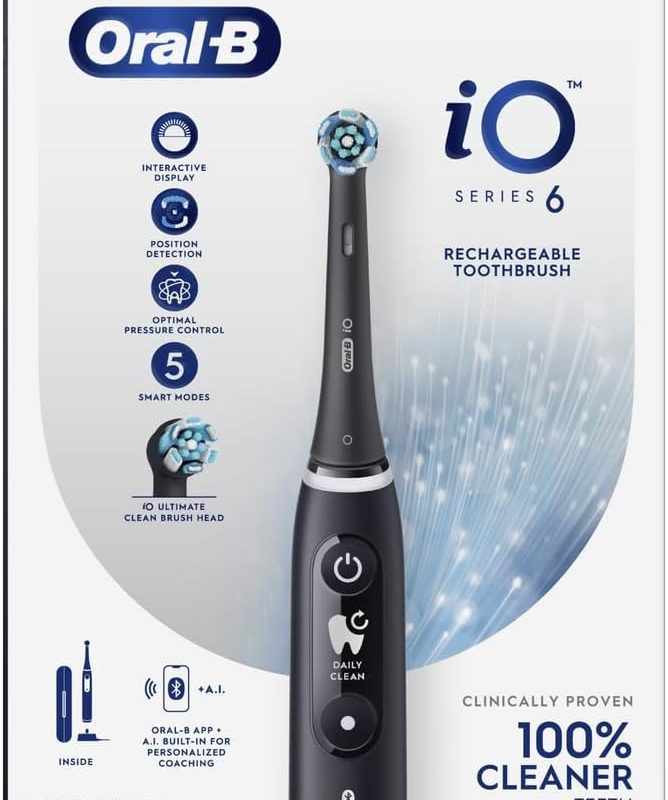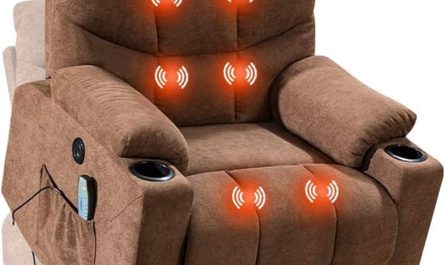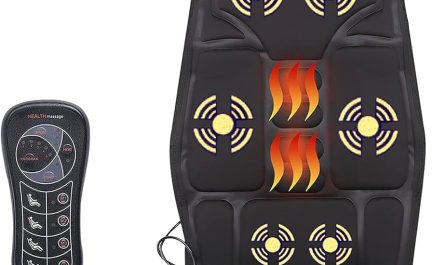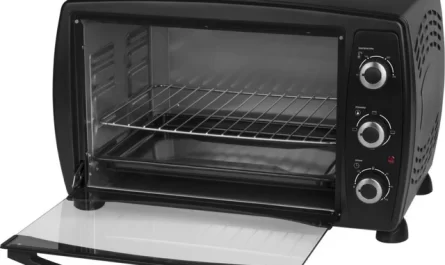Introduction:
An Oral-B electric toothbrush that refuses to charge can be frustrating, particularly if you rely on it for daily oral hygiene. Diagnosing and resolving the issue swiftly ensures that you maintain your dental care routine without interruption. This comprehensive guide delves into common reasons your Oral-B electric toothbrush might not be charging and offers solutions to get it working again.
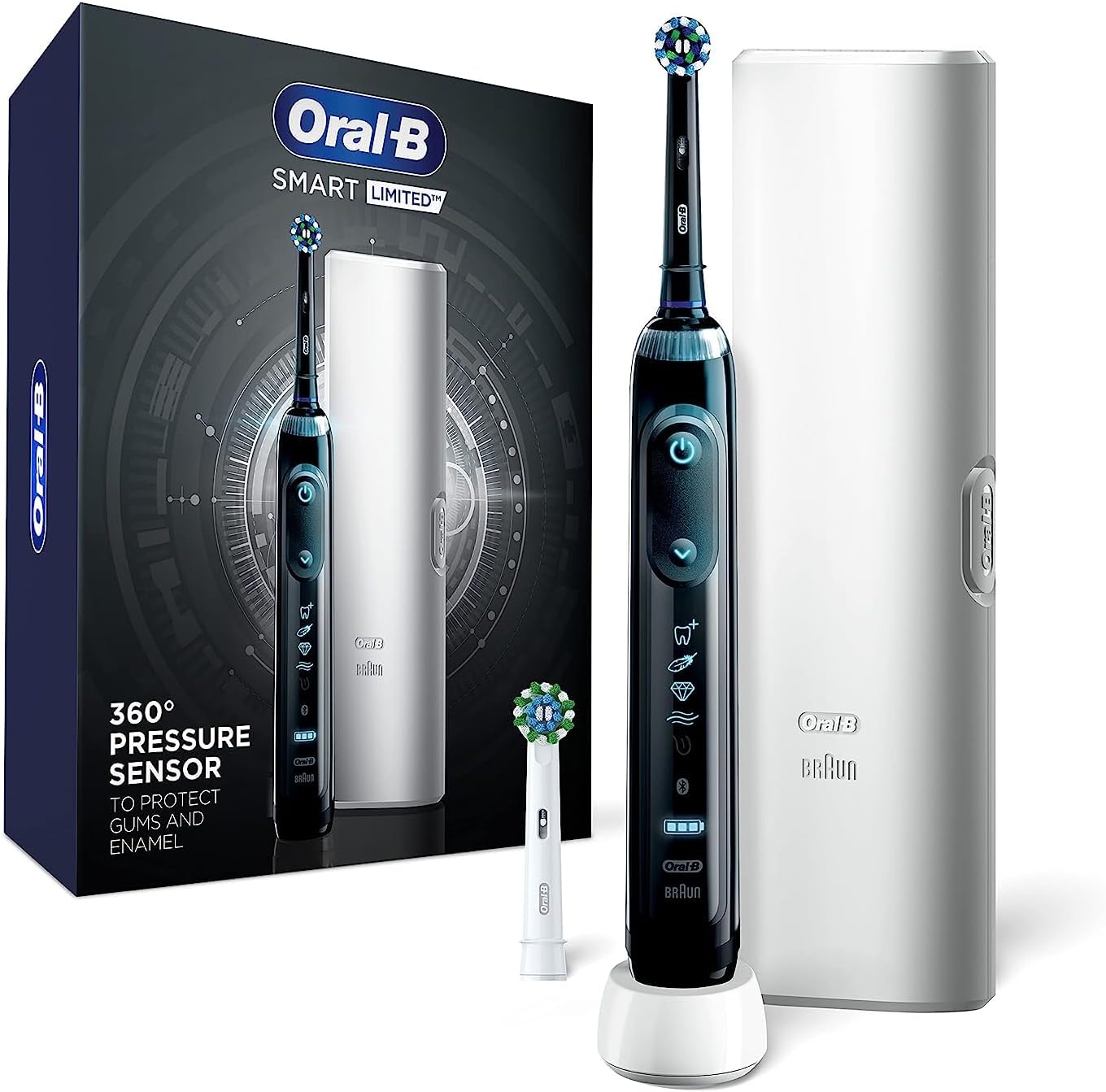
Oral-B Electric Toothbrush Not Charging:
What Steps Can You Take to Resolve the Issue?
Understanding the Problem:
What Common Issues Prevent Oral-B Electric Toothbrushes from Charging?
Diagnosing the specific problem with your electric toothbrush is crucial for effective troubleshooting.
Power Supply Issues:
Faulty Outlet:
Testing the Outlet: Plug your Oral-B charger into a different electrical outlet to rule out the possibility of a faulty socket. Ensure the outlet is functioning correctly by plugging in another device.
Power Source Fluctuations: Occasional power surges or fluctuations can impact the charger’s performance. Consider using a surge protector to safeguard against these issues.
Charger Problems:
Damaged Charging Base:
Inspecting the Base: Examine the charging base for visible damage, such as cracks, frayed wires, or bent pins. Any physical damage can impede the charging process.
Replacing the Charger: If the charging base appears damaged, consider purchasing a replacement from a reliable retailer or contacting Oral-B customer service for the correct part.
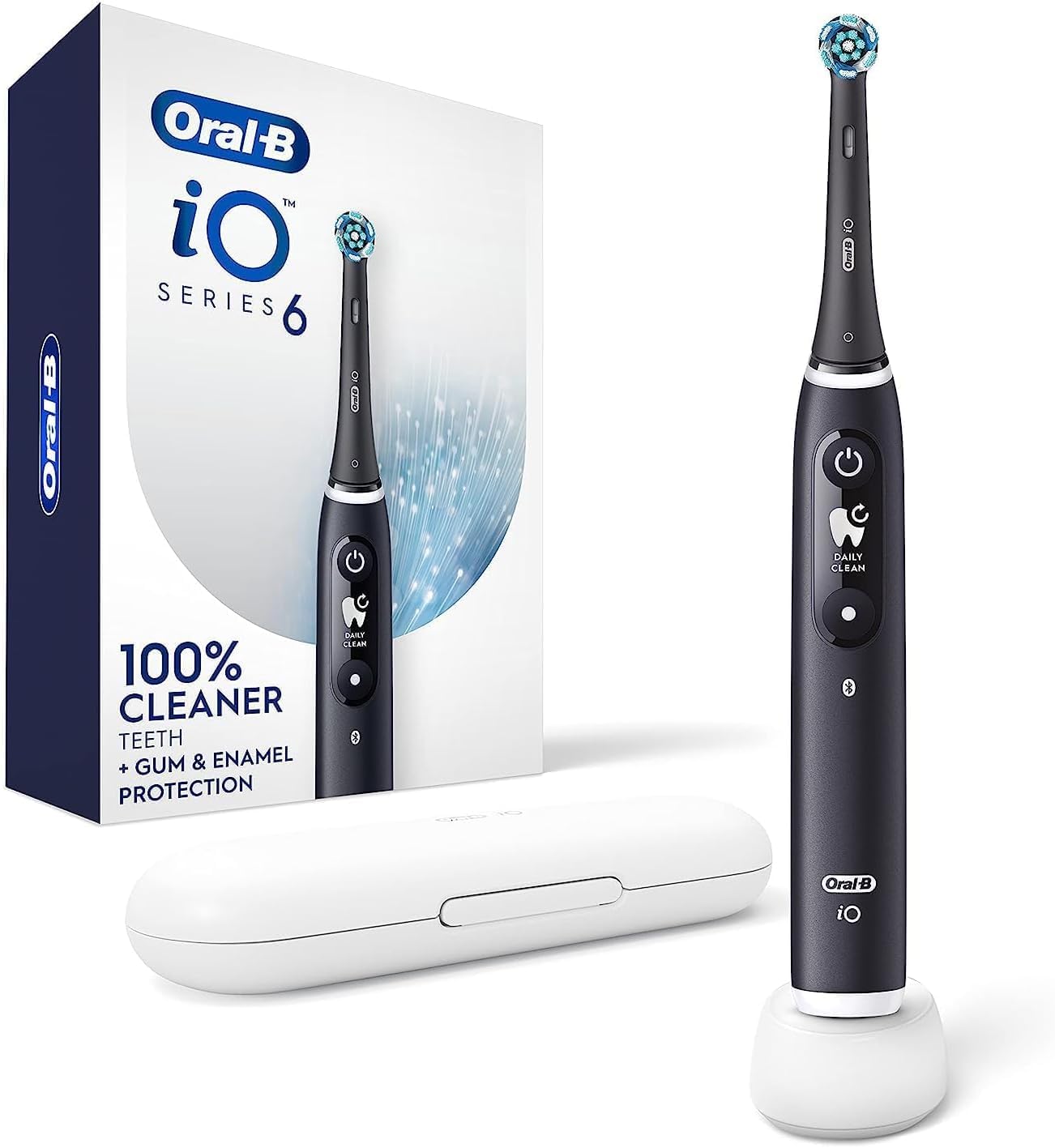
Toothbrush Contact Points:
Dirty or Corroded Contacts:
Contact Cleaning: Ensure the charging contacts on both the base and toothbrush are clean and free of debris. Use a dry cloth or cotton swab to gently clean the contact points.
Corrosion Removal: If contacts are corroded, use a small amount of rubbing alcohol on a cotton swab to clean them. Ensure the toothbrush and base are completely dry before attempting to charge again.
Internal Battery Issues:
Worn-Out Battery:
Battery Lifespan: Rechargeable batteries in electric toothbrushes have a limited lifespan, typically lasting several years with regular use. A worn-out battery may no longer hold a charge efficiently.
Battery Replacement: Some models allow for battery replacement, although this might require professional assistance. Check the user manual for information on battery replacement or seek help from an authorized repair service.
Troubleshooting Steps:
How Can You Diagnose and Resolve Charging Issues with Your Oral-B Electric Toothbrush?
Diagnosing the problem involves systematic troubleshooting to identify and address the underlying issue.
Initial Checks:
Proper Alignment:
Correct Placement: Ensure the toothbrush handle is correctly positioned on the charging base. Misalignment can prevent the toothbrush from making proper contact with the charger.
Confirming Indicators:
Charge Indicator: Pay attention to the charge indicator light on your toothbrush. A blinking light often signifies that the toothbrush is charging. If the light doesn’t turn on, it points to a potential issue.

Charger Functionality:
Voltage Compatibility:
Matching Specifications: Confirm the charger’s voltage rating matches that of your toothbrush. Using an incompatible charger can cause charging issues.
Component Testing:
Alternate Charger:
Swapping Chargers: If possible, test your toothbrush with another compatible Oral-B charger. This can help determine whether the problem lies with the charger or the toothbrush.
Cleaning and Maintenance:
What Cleaning Practices Ensure Optimal Charging Efficiency for Your Oral-B Toothbrush?
Regular cleaning and maintenance can prevent many charging issues and extend your toothbrush’s lifespan.
Daily Cleaning:
Avoiding Residue Buildup:
Post-Brushing Rinse: After each use, rinse the toothbrush handle thoroughly under tap water to remove toothpaste residue and debris that might accumulate around the charging contacts.
Dry Storage: Dry the handle with a clean towel before placing it back on the charger. Water exposure at the contact points can lead to corrosion and charging difficulties.
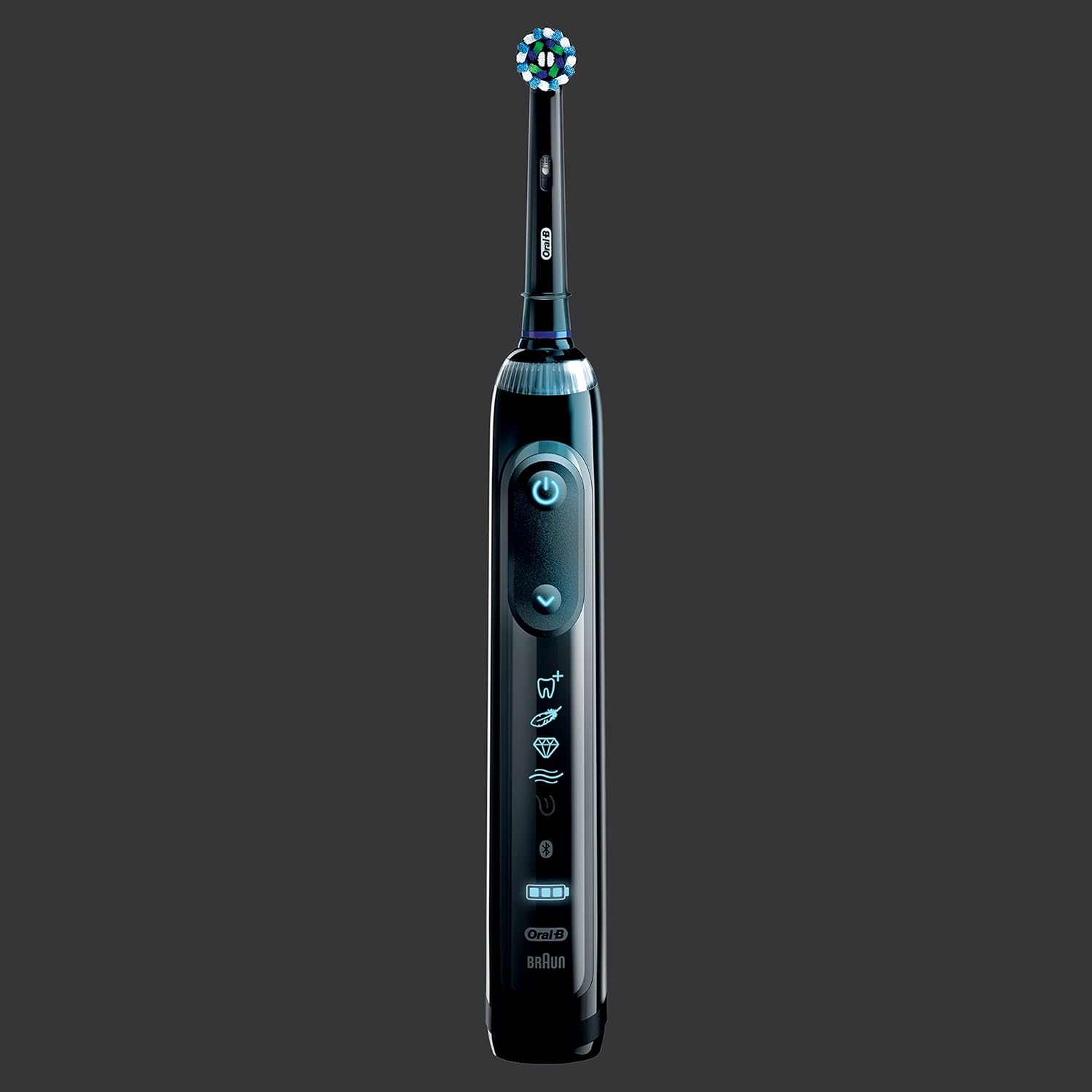
Weekly Maintenance:
Deep Cleaning:
Contact Cleaning: Once a week, clean the contact points on both the toothbrush handle and the charging base. Use a slightly damp cloth or cotton swab with mild soap and water, ensuring both are fully dry before reassembly.
Inspecting for Damage: Regularly inspect the toothbrush and charger for signs of wear or damage. Address any issues promptly to prevent further problems.
Replacement and Repair:
When Should You Consider Replacing or Repairing Your Oral-B Electric Toothbrush?
Knowing when to replace or repair parts of your electric toothbrush can save time and ensure optimal performance.
Replacement Indicators:
Declining Performance:
Battery Lifespan: If the battery performance declines significantly and fails to hold a charge after multiple attempts, it might be time to replace the toothbrush or its battery.
Physical Damage: Visible damage to the toothbrush handle, charging base, or cord warrants replacement to avoid further complications.
Repair Options:
Manufacturer Support:
Customer Service: Contact Oral-B customer service for troubleshooting support and recommendations. They can guide you on warranty coverage and the suitability of repairs or replacements.
Professional Assistance: For battery replacements or internal repairs, seek help from authorized service centers familiar with Oral-B electric toothbrushes.
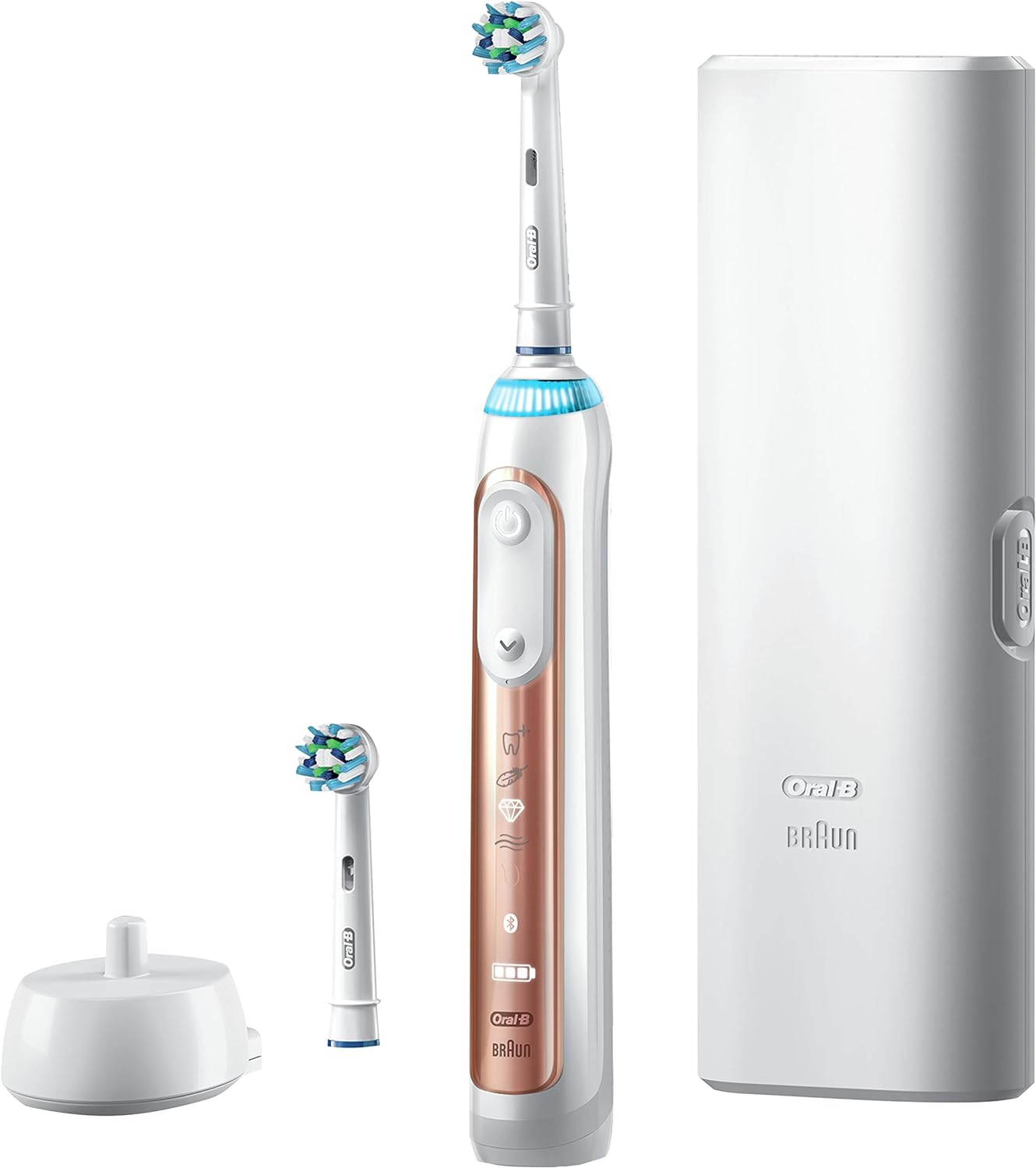
Additional Tips:
How Can You Enhance the Charging Efficiency and Longevity of Your Oral-B Electric Toothbrush?
Implementing certain practices can enhance the charging efficiency and extend the lifespan of your toothbrush.
Optimal Charging Practices:
Regular Charging:
Avoid Overcharging: Do not continuously leave your toothbrush on the charger for extended periods. Charge it fully, then remove it from the base to avoid overcharging.
Battery Cycling:
Full Discharge Cycle: Occasionally allow the battery to discharge fully before recharging. This can help maintain battery health and optimize its lifespan.
Storage Considerations:
Proper Storage Environment:
Dry and Safe Place: Store your toothbrush and charger in a dry, safe place. Avoid exposing them to excessive humidity or temperature fluctuations.
Avoid Humid Spaces: Avoid storing the toothbrush in overly humid environments, such as directly next to the shower, to prevent moisture-related issues.
Travel Considerations:
What Are the Best Practices for Charging Your Oral-B Electric Toothbrush While Traveling?
Traveling with your electric toothbrush requires awareness and preparation to maintain its functionality.
Portable Chargers:
Travel-Friendly Options:
Compact Chargers: Consider travel-sized charging bases or portable USB chargers compatible with your toothbrush model for convenient charging during travel.
Voltage Adaptors:
International Travel: When traveling internationally, check the voltage compatibility and use appropriate adaptors to ensure safe charging.
Protective Cases:
Safe Storage:
Travel Case: Use a protective travel case for your toothbrush and charger to prevent damage and ensure hygienic transportation.
Documentation: Carry the user manual or a soft copy for troubleshooting references while on the go.
Conclusion
Resolving charging issues with your Oral-B electric toothbrush involves understanding common problems, diagnosing specific issues, and applying effective troubleshooting methods. Regular cleaning, proper maintenance, and following best practices can prevent many common issues and extend the lifespan of your toothbrush. Whether it’s a power issue, charger malfunction, or internal battery problem, this guide provides comprehensive solutions to ensure your toothbrush remains functional and efficient, supporting your oral hygiene routine seamlessly.

